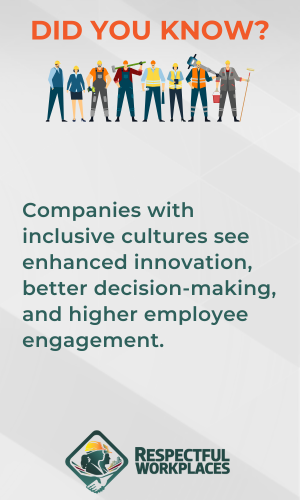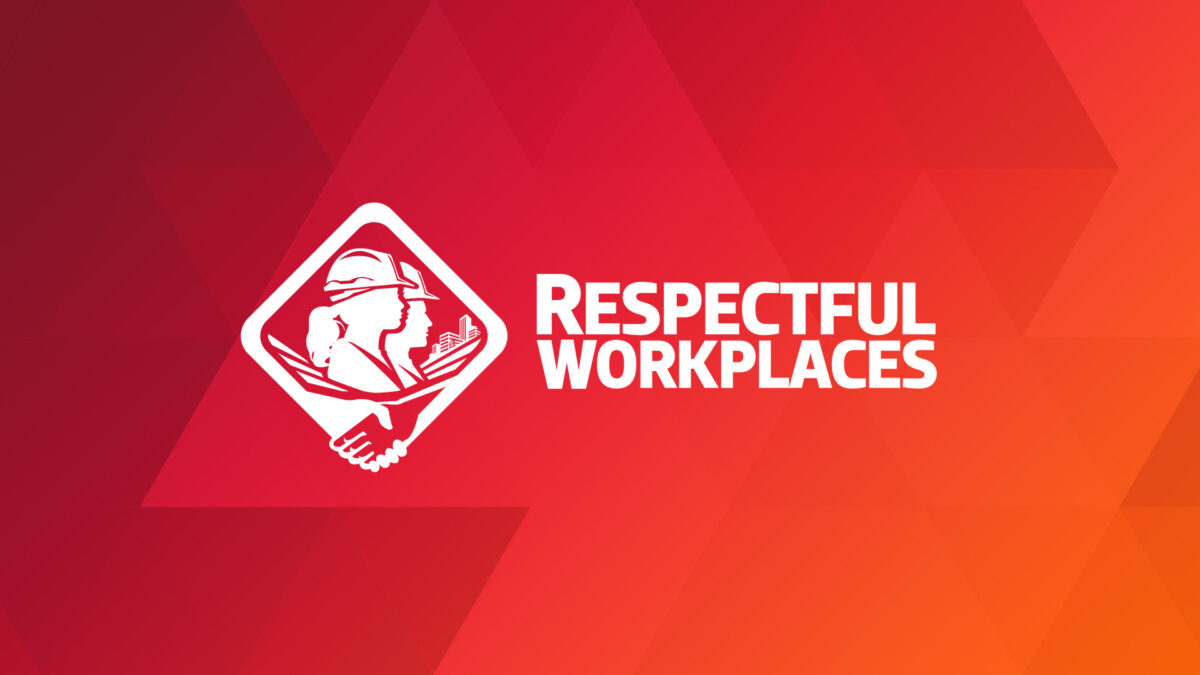Inclusion, diversity, equity, and accessibility (IDEA) have become essential components of modern workplace success: diverse workforces drive innovation, creativity, and enhanced decision-making.
For Canadian businesses, diversity is increasingly essential for various reasons, not the least of which is financial. Studies show that inclusive companies are more profitable and better positioned to compete in global markets. By fostering a culture that values diversity, companies can attract top talent, improve employee retention, and ultimately enhance their bottom lines.
A focus on IDEA directly impacts a company’s top and bottom lines, driving innovation and boosting overall performance. Diverse teams bring together different perspectives, which enhances creativity and leads to more innovative solutions. Diversity of thought also improves problem-solving and decision-making, as teams with varied experiences can approach challenges from multiple angles.
Studies from McKinsey and Deloitte consistently show that companies with higher levels of diversity are more likely to outperform their peers financially. In Canada, companies like TD Bank have seen financial benefits from their commitment to inclusion, improving both employee satisfaction and business performance.
Ultimately, diversity is not just a social goal but a business strategy that leads to greater profitability.

Employee engagement and retention: The human capital ROI
Inclusive environments significantly enhance employee engagement and satisfaction by fostering a sense of belonging and equity. Employees who feel valued and included are likelier to stay committed to their roles, leading to lower voluntary turnover and higher engagement and productivity. This is especially important for companies where the cost of employee turnover can be high. Retaining diverse talent brings financial advantages, as replacing employees can be costly and disruptive. RBC, for example, has seen improved retention rates due to their strong focus on inclusion. By creating inclusive cultures, organizations can increase retention, lower recruitment costs, and build a more engaged, productive workforce, ultimately driving profitability.
Diversity as a competitive advantage
Diversity offers companies a competitive advantage by expanding their market reach and enabling them to better connect with a broader customer base. Teams with diverse backgrounds and perspectives are more likely to understand the needs of different demographic groups, leading to more tailored products and services. Real-world examples of companies benefiting from inclusion include Scotiabank, which has used its inclusive practices to enhance customer relationships and gain market share. Similarly, Procter & Gamble leverages diversity as a core component of its branding and corporate reputation. By positioning diversity as a strength, these companies improve customer satisfaction and solidify their standing as socially responsible brands, further driving profitability.
Inclusive leadership is a crucial driver of long-term profitability. When leaders commit to IDEA, they create environments where innovation and collaboration can thrive. Leadership sets the tone for an inclusive culture, influencing everything from hiring practices to decision-making. Inclusive leadership promotes equity and drives long-term success by fostering employee loyalty and attracting diverse talent. Best practices for fostering inclusion include transparent communication, active listening, and holding leadership accountable. Leaders like Victor Dodig of CIBC have championed inclusion, setting a powerful example in the banking industry. By embedding diversity into leadership practices, companies sustain profitability and build resilient, inclusive cultures.
Challenges and solutions: overcoming barriers to IDEA
Implementing diversity initiatives can be challenging for many companies due to unconscious biases, structural barriers, and resistance to change. Common obstacles include difficulty changing long-established practices, reluctance to prioritize IDEA efforts, and limited understanding of unconscious biases.
To overcome these barriers, businesses must address biases directly through training and education, while reviewing and updating policies and procedures that may unintentionally exclude certain groups. Creating a truly inclusive work environment involves practical steps such as promoting diverse leadership, ensuring equitable hiring practices, and fostering open communication. As the workforce and market evolve, companies that remain committed to learning and adjusting will be better positioned to create long-lasting, inclusive environments.
Embracing diversity has proven to be a key driver of profitability for companies. Diverse teams lead to enhanced innovation, better decision-making, and higher employee engagement—all of which contribute to long-term business success.
By investing in IDEA, businesses can position themselves for sustainable growth and competitive advantage. Now is the time for organizations to take action and embed IDEA into their core strategies. By doing so, they can drive meaningful change while also improving their bottom line, building a stronger and more equitable future.
Michael Bach is an author and speaker, a thought leader in inclusion, diversity, equity, and accessibility, and an IDEA consultant to BuildForce Canada.

Respectful and Inclusive Workplaces
